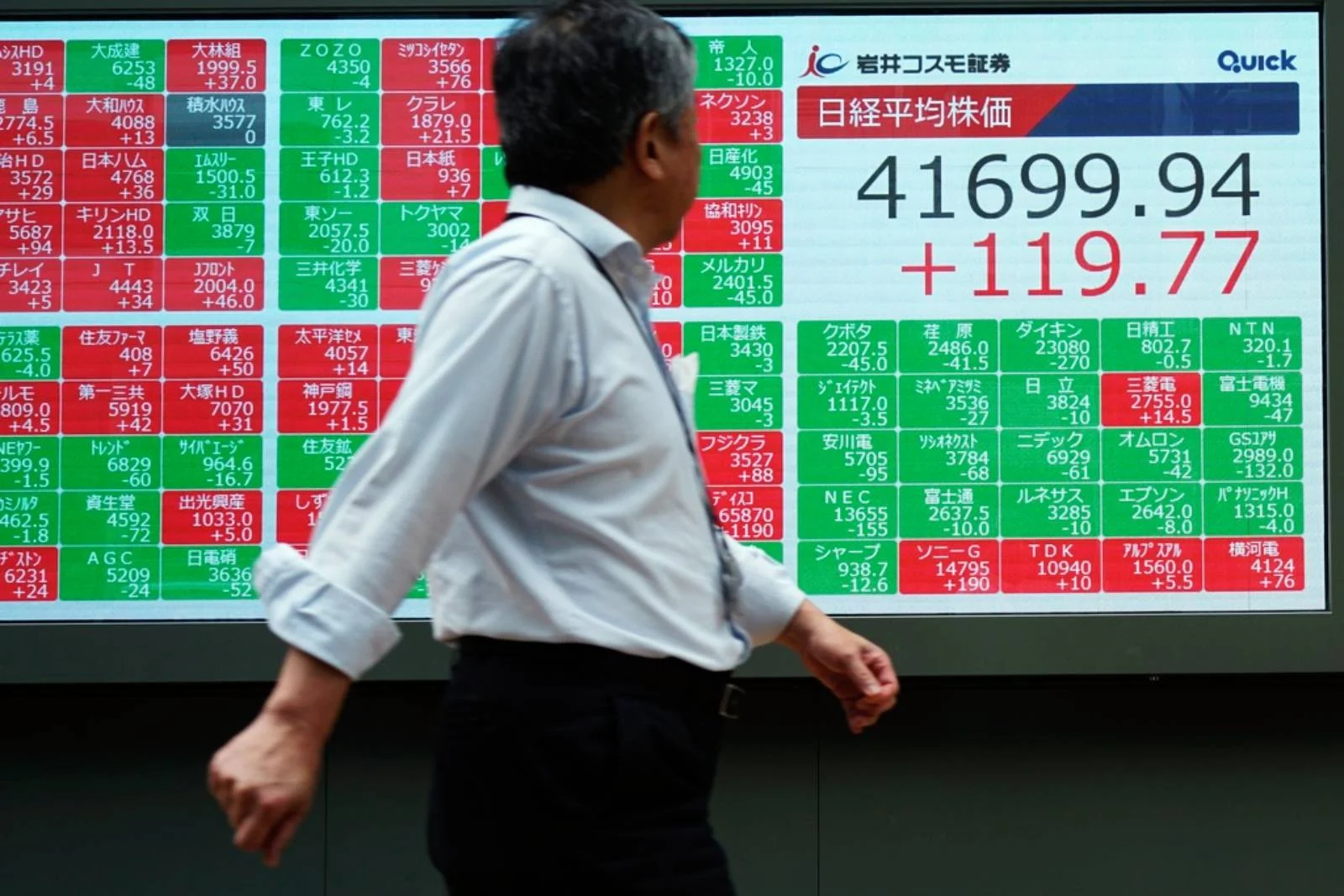The bond market is experiencing a significant sell-off as traders scramble to reassess their expectations regarding interest rate cuts from the Federal Reserve. Let’s break down what’s happening! 💔
What’s Driving the Sell-Off? 🚀
Recent strong economic data and the potential for a Trump victory in the upcoming election have pushed interest rates higher, leading to a reevaluation of the Fed’s path. Traders had initially priced in aggressive rate cuts following the Fed’s 50 basis point cut last month, but now it seems they might have gotten it wrong.
- 10-Year US Treasury Yield: Jumped to 4.22%—the highest since July, up from 3.62% in mid-September.
- Bloomberg Aggregate Bond Index: Dropped 3% since mid-September.
- Long-term Treasuries: The iShares 20+ Year Treasury Bond ETF is down about 9% during the same period.
Hot Economic Data Fuels Reassessment 🔥
A flurry of recent data has shifted market sentiment:
- September Jobs Report: A whopping 254,000 jobs were added, which erased expectations for another 50 basis point cut.
- Retail Sales: Solid performance has added to positive economic indicators.
- Inflation: Slightly hotter-than-expected readings have further reduced the chances of swift rate cuts.
- GDP Growth: The Atlanta Fed predicts a 3.4% growth for Q3.
Torsten Sløk, Apollo’s chief economist, believes that the Fed might decide to hold rates steady at their next meeting. “The US consumer continues to do well, driven by solid job growth, strong wage growth, and high stock prices,” he noted.
The Fed’s Cautious Stance 🤔
While traders are betting on a 90% chance of a 25-basis point cut next month, Fed officials have suggested they might take a more cautious approach. San Francisco Fed President Mary Daly mentioned, “I haven’t seen any information that would suggest we wouldn’t continue to reduce the interest rate.”
However, the upcoming October jobs report will be crucial. If it shows job growth between 150,000 to 200,000, it could reinforce the notion that the Fed needs to stay on hold.
The Trump Factor ⚖️
The potential return of Donald Trump to the White House adds another layer of complexity. His proposed policy of universal tariffs is viewed as inflationary, which could lead to a more hawkish Fed stance. If Trump wins, analysts expect the dollar to rally sharply, anticipating higher tariffs and interest rates.
Capital Economics noted, “Should he re-take the White House, the dollar would probably rally sharply.” This could significantly impact inflation and Fed policy, leading to a seismic shift in the U.S. economy.
Conclusion 🧐
The bond market’s current turmoil reflects a broader uncertainty about the economy’s trajectory and the Fed’s next moves. With strong economic data, potential political shifts, and an unpredictable job market, traders are on edge, trying to gauge the best path forward. Keep an eye on the October jobs report—it could be a game-changer! 📈💼
